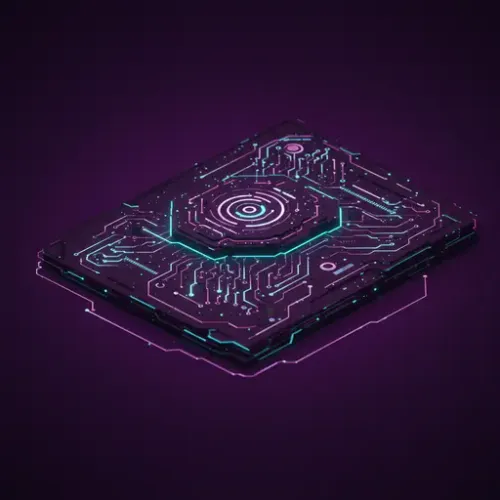Artificial Intelligence Helps Boost LIGO

The AI Report
Daily AI, ML, LLM and agents news
The universe whispers its most profound secrets through gravitational waves, ripples in spacetime generated by cosmic collisions. For a decade, the Laser Interferometer Gravitational-wave Observatory (LIGO) has been our ear to these whispers, pushing the boundaries of precision to detect events thousands of light-years away. Yet, even the most sensitive instruments encounter limits, struggling to differentiate faint cosmic echoes from the pervasive background hum of Earth itself.
Since its inaugural detection in 2015, LIGO has revolutionized astronomy, earning a Nobel Prize and unveiling hundreds of black hole mergers. Yet, the cosmos holds deeper mysteries. Scientists are eager to capture a broader spectrum of these titanic events: colossal intermediate-mass black holes, those spiraling into collision on eccentric orbits, and even the earliest moments of cosmic coalescence. The hurdle? Persistent, infinitesimal ‘noise’—microscopic jiggling of LIGO's colossal mirrors, often caused by earthly tremors, even distant ocean waves, which can obscure these faint, crucial signals.
The AI Revolution in Cosmic Listening
Addressing this formidable challenge, researchers from Caltech and Gran Sasso Science Institute, in collaboration with Google DeepMind, have unveiled a groundbreaking AI methodology: Deep Loop Shaping. This innovative algorithm is engineered to quiet the intrinsic noise in LIGO's detectors with unprecedented efficacy.
Silencing the Universe’s Distractions
Think of it like advanced noise-canceling headphones. While traditional methods effectively damp large seismic vibrations—akin to a microphone picking up ocean sounds and a speaker counteracting them—they inadvertently introduce a faint, high-frequency "hiss." This subtle, controller-induced quiver, especially in the 10-30 Hertz range, is precisely where the signals from massive black hole mergers or the crucial initial phases of stellar death spirals reside.
Deep Loop Shaping, utilizing reinforcement learning, teaches the AI to intelligently suppress this self-inflicted noise. The results are striking: mirror motions were quieted by 30 to 100 times more than previously possible with conventional techniques alone. This isn't just an incremental step; it's a profound leap in precision, transforming an incredibly challenging problem into a more manageable one.
Impact Beyond Gravitational Waves
The implications of Deep Loop Shaping extend far beyond gravitational-wave astronomy. Control systems, integral to countless modern technologies, could see similar transformations. This approach promises significant advancements in vibration suppression, noise cancellation, and the stabilization of highly dynamic or unstable systems across aerospace, robotics, and structural engineering. It's a testament to how cutting-edge AI can unlock new capabilities in diverse scientific and engineering domains.
Embracing the Era of Augmented Discovery
This proof-of-concept, already demonstrating remarkable success in initial tests, marks a new frontier. Researchers are now eager to conduct longer-duration experiments and integrate Deep Loop Shaping into LIGO’s operational systems, including future endeavors like LIGO India. This synergy between human ingenuity and artificial intelligence is not merely about making existing instruments better; it’s about fundamentally reshaping what we perceive as possible in the quest to understand the cosmos.
As we stand on the bleeding edge of measuring quantum distances, this development reminds us that the universe's most profound secrets often require the most innovative, collaborative approaches to be heard. What hidden wonders will we unveil next when our tools can listen with such unparalleled clarity?

The AI Report
Author bio: Daily AI, ML, LLM and agents news
